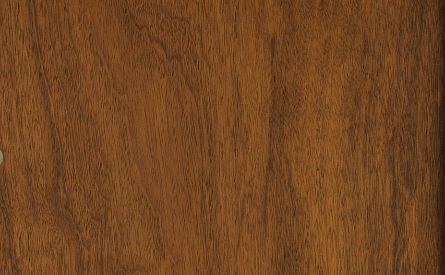Brazilian Walnut
Aguacatillo / Ocotea spp.

Local Names
Louro, Silverballi, Canelo, Irá Rosa, Quizarrá, Bambito Rosado
Source & Tree
The species often occurs in upper watershed areas and is an important host of birds, including the resplendent quetzal, Guatemala’s national bird. Trees reach a height of 40 meters with diameters of 1.5 meters. Trees are thicker at the base and clear up to 12 to 25 meters.
Wood Appearance
Wood is light reddish brown turning a yellowish brown toward the center with a well-defined palish sapwood. The texture is coarse and the grain interlocked to straight. Quartersawn lumber may be attractively figured.
Processing Properties
Aguacatillo works readily with hand and machine tools with little dulling effect. It glues easily and takes a good polish. It readily receives nails and screws.
Strength & Durability
Although of medium density, the heartwood is rated durable to very durable in resisting attack by rot, is moderately resistant to termites. It is similar to teak in resistance to marine borers. Weathering characteristics are excellent and the wood is highly resistant to moisture absorption (giving it low permeability). Its physical and mechanical characteristics make it a good substitute for American elm and black maple.
Wood Uses
The wood is used for furniture, general construction, doors and windows, boat planking, tanks and cooperage, joinery, heavy marine construction, exterior and interior paneling, house framing, turnery, tool handles, parquet flooring, veneer and plywood.
Non-Timber Uses
The species has a high alkaloids content with potential medicinal uses.
| Reference Species | ||||
| Technical Characteristics | Aguacatillo | American Elm | Big-Leaf Mahogany | |
| Density | kg/m3 | 660.0 | 560.0 | 560.0 |
| Janka Hardness | kg | 440.0 | 376.0 | 456.0 |
| Bending Stiffness (Modulus of Elasticity) | GPa | 9.6 | 9.2 | 10.1 |
| Bending Strength (Modulus of Rupture) | MPa | 84.8 | 81.4 | 80.8 |
| Crushing Strength | MPa | 46.8 | 38.1 | 46.6 |
| Shrinkage, Radial | % | 3.0% | 4.2% | 2.9% |
| Shrinkage, Tangential | % | 6.4% | 9.5% | 4.3% |
| Shrinkage, Volumetric | % | 9.5% | 14.6% | 7.5% |
| T/R Ratio | 2.1 | 2.3 | 1.5 | |
| Values determined at 12% humidity | ||||
|---|---|---|---|---|
DENSITY
JANKA HARDNESS
BENDING STIFFNESS
BENDING STRENGTH
CRUSHING STRENGTH
SHRINKAGE
Values are for reference only and cannot be guaranteed. Wood is a natural material and physical and mechanical properties may vary depending on age, genetics, and other factors. We encourage customers to consult the references provided in the bibliography. For further explanations of wood’s key technical characteristics, an excellent resource is the Wood Database with articles on Density (average dried weight); Janka hardness; Elastic Modulus; Rupture Modulus; Crushing Strength; Radial, Tangential and Volumetric Shrinkage.






